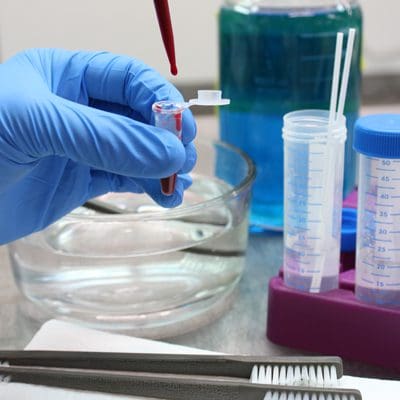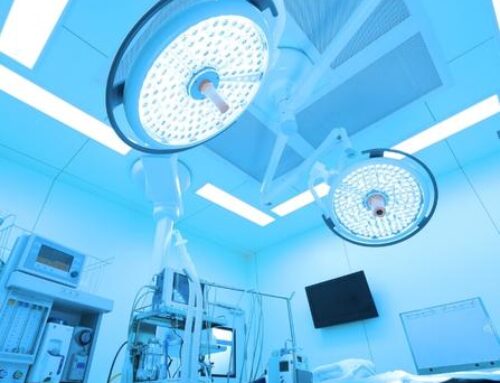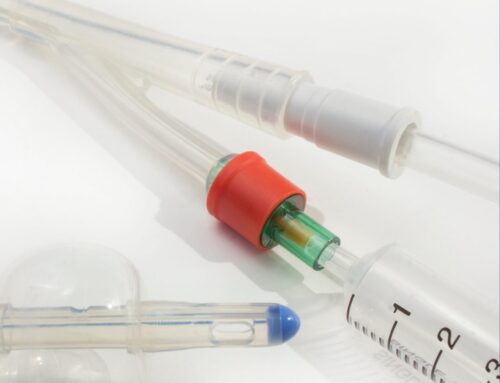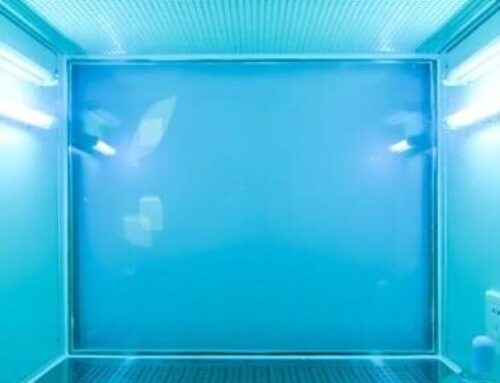Medical Device Cleaning Validation

Get A Testing Quote
Microchem conducts cleaning validations studies on all kinds of medical devices, ranging from endoscopes to catheter crimpers. If your company is interested in setting up a study to validate instructions for cleaning a medical device, please get in touch with us today.
These studies are a critical part of the development of any reusable medical device. We provide a summary of the pertinent FDA guidance below:
Testing Overview
Cleaning validation is an experiment that determines the efficacy of a cleaning procedure on a medical device. Prior to use, all test devices should be worn in with simulated use to properly assess the cleaning procedure as it would perform against actual in-use devices.
The device is first soiled with an artificial soil load determined by the Study Sponsor. These soil loads contain biomarkers such as protein and hemoglobin and take the form of blood, mucous, or a combination of substances. Soil is typically added to sites that would be considered ‘worst-case’. These sites are those that will experience more handling during use or sites that are hard to reach such as crevices. Once the test device has been soiled, it is handled to emulate regular use. This can involve twisting dials, pressing on a touchpad, turning a switch on, or any number of actions. The emulation of normal use is to allow the soil to access areas in a manner typical for the device, thoroughly challenging the cleaning procedure.
Once the soil is dry, the cleaning procedure is performed. This procedure varies from test to test depending on what the Study Sponsor provides and can vary greatly. After the test device has undergone cleaning, the extraction process begins. The extraction process involves taking a combination of wet and dry sterile swatches/swabs and wiping down the target sites of the device. As those sites are harvested, the swatches/swabs are placed into a container of recovery fluid so that each site may be evaluated independently. At the request of Study Sponsors, all sites may be pooled into one volume to evaluate the efficacy of the procedure on the entire device. Evaluation of a pooled volume does not provide insight into how well specific areas are being cleaned but can be a cost-efficient way to evaluate a cleaning routine.
During experimentation, controls are harvested as well. A positive control is performed by harvesting a soiled test device that has not received the relevant cleaning. The negative control is performed by extracting from a device that has not been soiled but has received cleaning.
The recovery fluid samples for each extraction site are then analyzed in a microplate reader. For protein analysis, the Pierce BCA Protein Assay Kit is used. A known standard is made using bovine serum albumin. This standard is used to establish a calibration curve in the data analysis portion of experimentation and to determine the amount of protein remaining at each site after the extraction. The plate is put into the microplate reader and the results are obtained. For hemoglobin analysis, a similar procedure is performed following the instructions for the relevant Sigma-Aldrich Hemoglobin Assay Kit. Once readings have been obtained for both protein and hemoglobin, the results are analyzed in relevant data analysis software.
The obtained values are adjusted based on dilution factor, amount of liquid aliquoted from recovery fluid, etc., and the final amount of biomarker observed for each site is determined. These values are compared to the success criteria to determine the efficacy of the cleaning procedure.
Microchem conducts cleaning validations studies on all kinds of medical devices, ranging from endoscopes to catheter crimpers. If your company is interested in setting up a study to validate instructions for cleaning a medical device, please contact us today.
Share!




